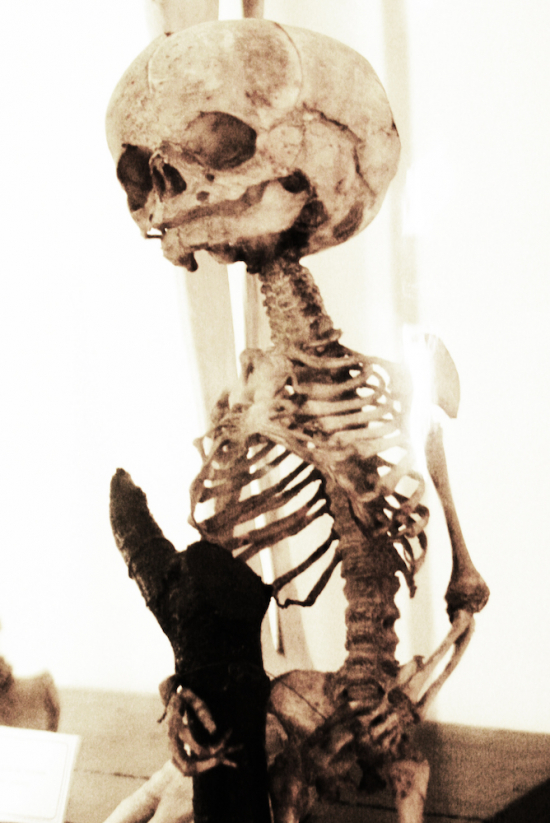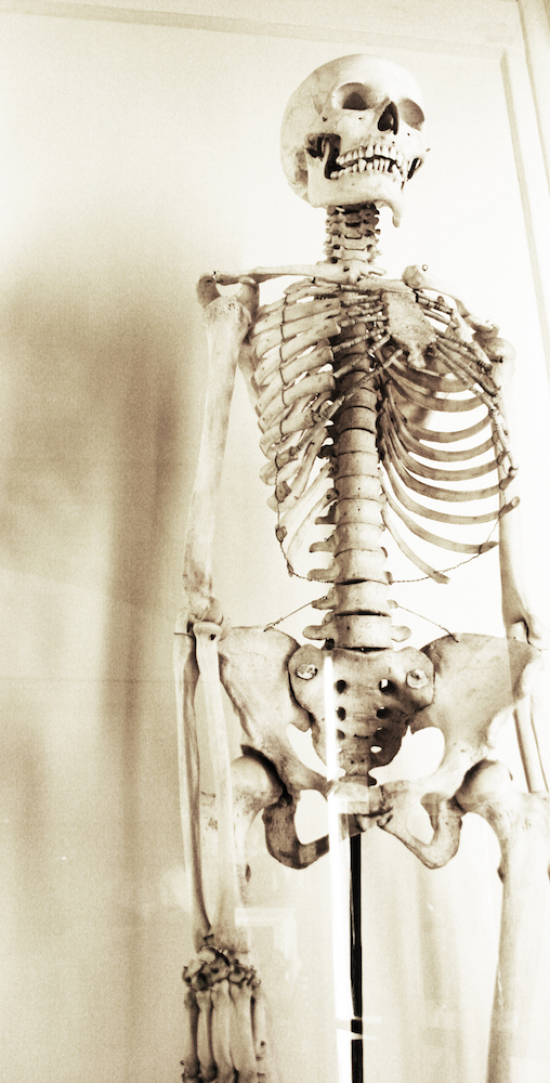MEMORY - Part 1
by Lina Vergara Huilcamán, Sonia Maria Luce Possentini
PAOLO ASSALINI ANATOMY ROOM - PALAZZO DEI MUSEI REGGIO EMILIA
There are a lot of treasures just before our eyes, magical places that are called museums.
How many times have you been to Reggio Emilia to visit the main square, the historical centre, the fountain with its colourful water jets that rise and fall? How many times have you been there only to buy a pair of shoes or to have a beer with your friends? And how many times have you been to the Palazzo dei Musei, which is exactly in the town centre? You only need to walk along the fountain with the thousand lights and there it is, just before your eyes. Free. Fascinating. Educational. Not boring at all. On a Saturday afternoon, at the time when the town centre swarms with people absorbed in chatting, looking at shop-windows that offer sales, drinking chocolate in cafés, with bored children screaming and mothers in despair. Apart from us, there were only a large Muslim family (only women and children) and an Italian family inside the Museum. Huge rooms full of wonders, completely deserted. It’s weird, I thought, all those children out there and none in here.
We went into the museum. It surprised us to discover that the entry was free. And, after an endless series of stuffed animals, including big-sized ones – even a whale, the neck of a giraffe and the head of an elephant, not to mention the zebra attacked by a lion – we got into the long and narrow anatomy room at the bottom right.
And the eyes of children (and not only theirs) opened up like chasms to absorb the content of those old wood and glass displays. Our brains started to enchain a series of connections, and thoughts and tongues got loose in tides of questions to which even adults cannot answer, not all of them at least.
I simply stood there, silently.
Small and fragile skeletons.
Little creatures in the bottles, so misshapen that they seemed to establish a new aesthetic.
Dumb, dead beings. And yet so strong. So present. As if they were talking.
I remembered the books I had read, the movies I had watched, the stories I had listened to.
I created new stories only for myself.
I thought. Imagined. Reflected. Admired. Took photographs.
And when I returned home to edit the pictures, the magic broke out again. Everything in that room came back to life and aroused in me different sensations, making me feel like coming back. And back again.
PAOLO ASSALINI (1759-1846)
Born in Reggio Emilia, he studied medicine at the University of Modena graduating in surgery when he was 19 and in medicine at the age of 23.
He was certainly one of the most important surgeons in the history of the art of medicine. He had a mighty culture and a great experience and also a fearlessness and firmness that made him a very skilled surgeon. He was successful not only in the field of military surgery but also in those of sanitation, hygienics, obstetrics and ophthalmology.
PAOLO ASSALINI ANATOMY ROOM:
The Musei’s anatomy and teratology* room is named after Paolo Assalini, a 19th century outstanding Italian surgeon. The room hosts skeletons, models and preparations that show animal and human anatomy, and there are also teratological specimens whose aim is to explain various cases of anatomical deformities. The room offers three paths. The first is about comparative anatomy, the discipline that deals with the shape of animals comparing them to each other. The comparison between different anatomies makes you understand the adaptations, the degree of resemblance and therefore of kinship between different organisms, the development and evolution of various structures. The second path explores teratology, the science that deals with body deformities and their causes. The last one is about human anatomy.
Palazzo dei Musei
Via Spallanzani, 1
42121 Reggio Emilia
www.musei.re.it





